Procurement 101: Procurement Benchmarking – How it works and why it’s important
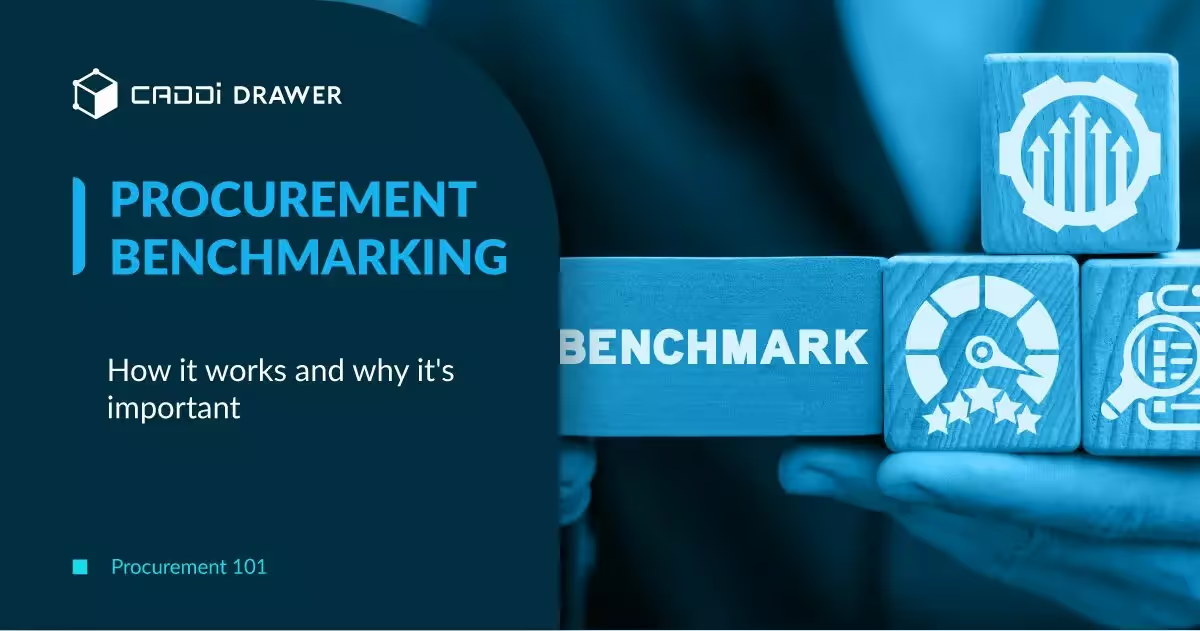
Table of Contents

Picture this: You’re a procurement professional tasked with optimizing your company’s procurement processes, reducing costs, and driving efficiency. Where do you start? Enter procurement benchmarking – your essential weapon for success.
What is Procurement Benchmarking?
Procurement benchmarking is the process of comparing your organization’s procurement practices against those of other companies both within and outside your industry. It involves identifying “Best Practices” and benchmarking your own costs and processes against them to drive continuous improvement. Benchmarking should be an ongoing process rather than a one-time exercise, as it enables organizations to stay competitive and adapt to changing market conditions.
Think of benchmarking as a health check for your procurement function. Just as a doctor assesses your vital signs and compares them to healthy baselines, procurement benchmarking allows you to evaluate your procurement performance against industry standards and best-in-class organizations. By identifying areas where you may be lagging behind or have room for improvement, you can take targeted actions to enhance your procurement practices and achieve better results.
Why is Benchmarking Necessary?
The primary reason for conducting procurement benchmarking is to know your enemies (competitors) and yourself (your company) in order to seize opportunities and gain a competitive edge. In today’s global marketplace, where companies are vying for the same suppliers, resources, and market share, having a deep understanding of your procurement performance is crucial. By benchmarking against industry leaders and best-in-class organizations, you can identify gaps in your processes, uncover potential cost savings opportunities, and learn from the successes of others.
Moreover, benchmarking helps you stay ahead of the curve in terms of procurement trends and innovations. As new technologies, sourcing strategies, and supply chain practices emerge, benchmarking allows you to stay informed and adapt quickly. By continuously monitoring and comparing your performance against the best in the industry, you can ensure that your procurement function remains agile, efficient, and aligned with your overall business objectives.
Setting Benchmarking Objectives
When embarking on a procurement benchmarking initiative, it’s essential to set clear objectives. However, it’s equally important to avoid common pitfalls that can undermine the effectiveness of your benchmarking efforts.
Benchmarking should not be:
- A mere comparison exercise: Benchmarking is not just about comparing numbers; it’s about understanding the underlying processes, strategies, and best practices that drive superior performance.
- A one-time improvement initiative: Benchmarking should be an ongoing process, not a one-off project. Continuously monitoring and adapting your procurement practices based on benchmarking insights is key to sustaining long-term improvement.
- Limited to a narrow industry scope: While benchmarking within your industry is valuable, looking beyond your sector can provide fresh perspectives and innovative ideas.
- A mere imitation of other companies’ practices: Benchmarking is not about copying what others are doing; it’s about understanding the principles behind their success and adapting them to your unique context.
- Solely driven by big projects: Benchmarking should be integrated into your regular procurement processes, not just reserved for major initiatives.
- Oversimplified or rushed: Effective benchmarking requires thorough planning, data collection, analysis, and implementation. Rushing the process or oversimplifying it can lead to suboptimal results.
Selecting Benchmarking Partners
Choosing the right benchmarking partners is a critical step in ensuring the success of your benchmarking initiative. When selecting partners, consider the following criteria:
- Direct competitors: Benchmarking against your direct competitors, especially industry leaders, can provide valuable insights into how you stack up in terms of pricing, processes, and performance.
- Reputable companies from other industries: Looking beyond your industry can offer fresh perspectives and innovative practices that you may not have considered before. Identify companies known for their procurement excellence, regardless of their sector.
- Companies known for their best practices: Focus on organizations that have a proven track record of implementing successful procurement strategies and achieving superior results. While size differences may exist, the underlying principles and approaches can still be valuable.
Information Gathering Methods
Once you have identified your benchmarking partners, the next step is to gather relevant data and information. There are various methods you can employ, such as:
- Direct contact with benchmarking partners: Reach out to your benchmarking partners through personal connections, executive relationships, sales channels, or supplier networks. Building rapport and establishing trust can facilitate the sharing of information and best practices.
- Engaging with external events or consultants: Attend industry conferences, workshops, and benchmarking events where you can network with procurement professionals from other organizations. Engaging with consultants who specialize in procurement benchmarking can also provide valuable insights and facilitate connections.
- Conducting secondary research: Leverage publicly available information such as books, industry reports, internet resources, and company press releases to gather benchmarking data. While this information may not be as detailed as direct engagement, it can still provide useful insights.
- Consulting with former employees of benchmarking partners: Seek out consultants or advisors who have previously worked for your benchmarking partners. Their firsthand experience and knowledge can be invaluable in understanding the inner workings and best practices of those organizations.
Analyzing Collected Data
Once you have gathered benchmarking data, the next step is to analyze it effectively to derive meaningful insights. Here are some key steps in the analysis process:
- Create comparison tables: Organize the collected data into comparison tables that highlight the gaps between your procurement practices and those of your benchmarking partners. This visual representation will help you identify areas where you are lagging behind or have room for improvement.
- Identify areas for additional data collection: During the analysis process, you may discover gaps in your data or areas where you need more information to make informed comparisons. Make note of these areas and plan for additional data collection if necessary.
- Study and analyze best practices: Dive deep into the practices where your benchmarking partners excel. Understand the underlying processes, technologies, and strategies that contribute to their success. Look for patterns and common themes that you can adapt to your own procurement function.
Setting Goals and Action Plans
Based on the insights gained from benchmarking analysis, it’s time to set goals and develop action plans to drive improvement. Consider the following steps:
- Identify best practices for adoption: Determine which best practices identified during benchmarking can be realistically adopted within your organization. Prioritize those that align with your business objectives and have the potential for significant impact.
- Assess required changes and adjustments: Evaluate the changes and adjustments needed to implement the selected best practices. Consider factors such as organizational culture, existing processes, technology infrastructure, and employee skills.
- Determine necessary resources: Identify the resources required to support the implementation of best practices. This may include budget allocation, technology investments, training programs, and personnel assignments.
- Develop a detailed action plan: Create a comprehensive action plan that outlines the specific steps, timelines, and responsibilities for implementing the selected best practices. Break down the plan into short-term and long-term goals to ensure a phased and manageable approach.
Implementing and Expanding Benchmarking
To ensure the success and sustainability of your benchmarking initiative, consider the following strategies:
- Create short-term and long-term plans: Develop a balanced approach that includes both quick wins and long-term strategic improvements. Short-term successes can build momentum and support for the benchmarking initiative, while long-term plans ensure continuous progress.
- Secure resources and establish processes: Allocate the necessary resources, including budget, personnel, and technology, to support the implementation of best practices. Establish clear processes and governance structures to guide the benchmarking initiative and ensure accountability.
- Engage top management: Involve senior leadership in the benchmarking process, particularly in the review and decision-making stages. Their support and endorsement can help overcome obstacles, secure resources, and drive organizational buy-in.
- Involve stakeholders for continuous improvement: Once initial benchmarking results are achieved, engage a wider group of stakeholders, including procurement teams, business units, and suppliers, to gather feedback and ideas for further improvement. Foster a culture of continuous learning and collaboration to sustain the benefits of benchmarking over time.
Streamline Your Procurement Benchmarking Process with CADDi Drawer
Conducting procurement benchmarking can be a time-consuming process, especially when it comes to data collection and organization. However, with the right tools and features, you can streamline these tasks and focus on analyzing insights to drive continuous improvement.
One of such tools is CADDi Drawer. It enables:
Automated Data Integration
Say goodbye to manual data entry and hello to automated data integration. By leveraging tools that automatically link price data, supplier information, and other relevant metrics to your benchmarking datasets, you can save time and ensure data accuracy. Plus, you can easily export this integrated data for further analysis and sharing with stakeholders.
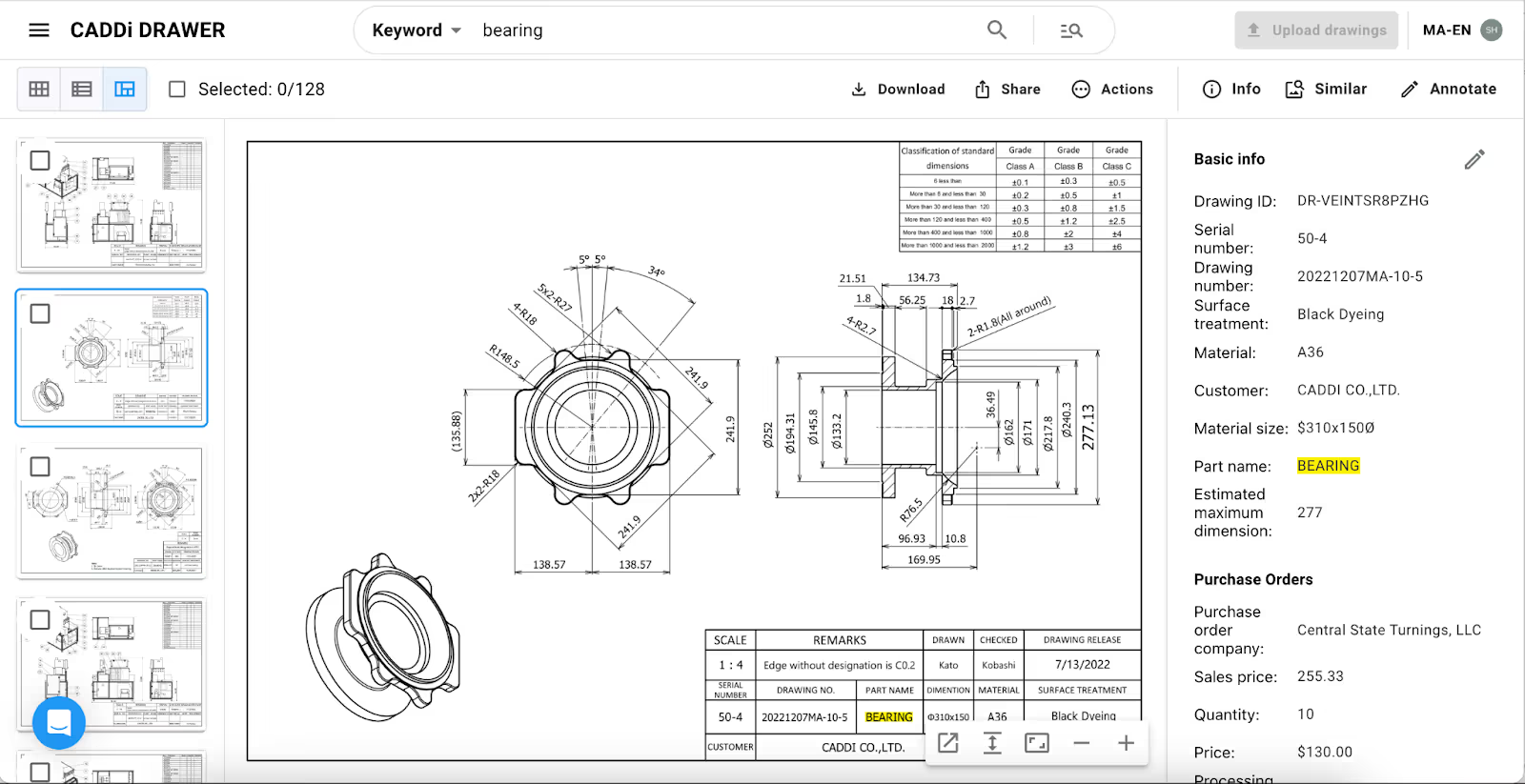
Intelligent Search and Comparison
Searching for specific benchmarking data points and comparing them across multiple sources can be a daunting task. But with advanced keyword searches combined with similarity matching algorithms, you can quickly identify relevant data points and industry benchmarks. This intelligent search capability reduces the time spent on data gathering and allows you to focus on analyzing insights and identifying best practices.
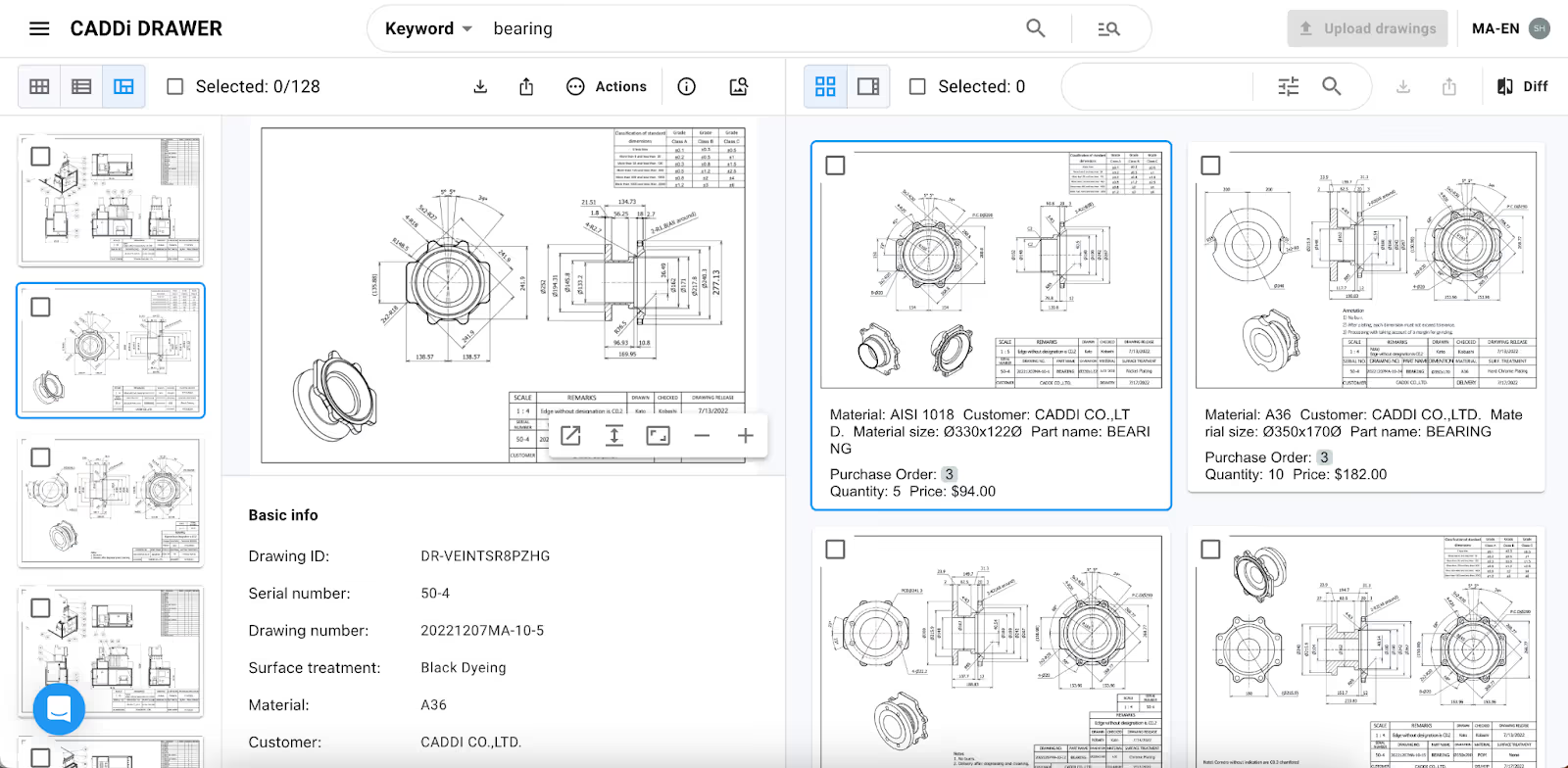
Picture this: You’re a procurement professional tasked with optimizing your company’s procurement processes, reducing costs, and driving efficiency. Where do you start? Enter procurement benchmarking – your essential weapon for success.
What is Procurement Benchmarking?
Procurement benchmarking is the process of comparing your organization’s procurement practices against those of other companies both within and outside your industry. It involves identifying “Best Practices” and benchmarking your own costs and processes against them to drive continuous improvement. Benchmarking should be an ongoing process rather than a one-time exercise, as it enables organizations to stay competitive and adapt to changing market conditions.
Think of benchmarking as a health check for your procurement function. Just as a doctor assesses your vital signs and compares them to healthy baselines, procurement benchmarking allows you to evaluate your procurement performance against industry standards and best-in-class organizations. By identifying areas where you may be lagging behind or have room for improvement, you can take targeted actions to enhance your procurement practices and achieve better results.
Why is Benchmarking Necessary?
The primary reason for conducting procurement benchmarking is to know your enemies (competitors) and yourself (your company) in order to seize opportunities and gain a competitive edge. In today’s global marketplace, where companies are vying for the same suppliers, resources, and market share, having a deep understanding of your procurement performance is crucial. By benchmarking against industry leaders and best-in-class organizations, you can identify gaps in your processes, uncover potential cost savings opportunities, and learn from the successes of others.
Moreover, benchmarking helps you stay ahead of the curve in terms of procurement trends and innovations. As new technologies, sourcing strategies, and supply chain practices emerge, benchmarking allows you to stay informed and adapt quickly. By continuously monitoring and comparing your performance against the best in the industry, you can ensure that your procurement function remains agile, efficient, and aligned with your overall business objectives.
Setting Benchmarking Objectives
When embarking on a procurement benchmarking initiative, it’s essential to set clear objectives. However, it’s equally important to avoid common pitfalls that can undermine the effectiveness of your benchmarking efforts.
Benchmarking should not be:
- A mere comparison exercise: Benchmarking is not just about comparing numbers; it’s about understanding the underlying processes, strategies, and best practices that drive superior performance.
- A one-time improvement initiative: Benchmarking should be an ongoing process, not a one-off project. Continuously monitoring and adapting your procurement practices based on benchmarking insights is key to sustaining long-term improvement.
- Limited to a narrow industry scope: While benchmarking within your industry is valuable, looking beyond your sector can provide fresh perspectives and innovative ideas.
- A mere imitation of other companies’ practices: Benchmarking is not about copying what others are doing; it’s about understanding the principles behind their success and adapting them to your unique context.
- Solely driven by big projects: Benchmarking should be integrated into your regular procurement processes, not just reserved for major initiatives.
- Oversimplified or rushed: Effective benchmarking requires thorough planning, data collection, analysis, and implementation. Rushing the process or oversimplifying it can lead to suboptimal results.
Selecting Benchmarking Partners
Choosing the right benchmarking partners is a critical step in ensuring the success of your benchmarking initiative. When selecting partners, consider the following criteria:
- Direct competitors: Benchmarking against your direct competitors, especially industry leaders, can provide valuable insights into how you stack up in terms of pricing, processes, and performance.
- Reputable companies from other industries: Looking beyond your industry can offer fresh perspectives and innovative practices that you may not have considered before. Identify companies known for their procurement excellence, regardless of their sector.
- Companies known for their best practices: Focus on organizations that have a proven track record of implementing successful procurement strategies and achieving superior results. While size differences may exist, the underlying principles and approaches can still be valuable.
Information Gathering Methods
Once you have identified your benchmarking partners, the next step is to gather relevant data and information. There are various methods you can employ, such as:
- Direct contact with benchmarking partners: Reach out to your benchmarking partners through personal connections, executive relationships, sales channels, or supplier networks. Building rapport and establishing trust can facilitate the sharing of information and best practices.
- Engaging with external events or consultants: Attend industry conferences, workshops, and benchmarking events where you can network with procurement professionals from other organizations. Engaging with consultants who specialize in procurement benchmarking can also provide valuable insights and facilitate connections.
- Conducting secondary research: Leverage publicly available information such as books, industry reports, internet resources, and company press releases to gather benchmarking data. While this information may not be as detailed as direct engagement, it can still provide useful insights.
- Consulting with former employees of benchmarking partners: Seek out consultants or advisors who have previously worked for your benchmarking partners. Their firsthand experience and knowledge can be invaluable in understanding the inner workings and best practices of those organizations.
Analyzing Collected Data
Once you have gathered benchmarking data, the next step is to analyze it effectively to derive meaningful insights. Here are some key steps in the analysis process:
- Create comparison tables: Organize the collected data into comparison tables that highlight the gaps between your procurement practices and those of your benchmarking partners. This visual representation will help you identify areas where you are lagging behind or have room for improvement.
- Identify areas for additional data collection: During the analysis process, you may discover gaps in your data or areas where you need more information to make informed comparisons. Make note of these areas and plan for additional data collection if necessary.
- Study and analyze best practices: Dive deep into the practices where your benchmarking partners excel. Understand the underlying processes, technologies, and strategies that contribute to their success. Look for patterns and common themes that you can adapt to your own procurement function.
Setting Goals and Action Plans
Based on the insights gained from benchmarking analysis, it’s time to set goals and develop action plans to drive improvement. Consider the following steps:
- Identify best practices for adoption: Determine which best practices identified during benchmarking can be realistically adopted within your organization. Prioritize those that align with your business objectives and have the potential for significant impact.
- Assess required changes and adjustments: Evaluate the changes and adjustments needed to implement the selected best practices. Consider factors such as organizational culture, existing processes, technology infrastructure, and employee skills.
- Determine necessary resources: Identify the resources required to support the implementation of best practices. This may include budget allocation, technology investments, training programs, and personnel assignments.
- Develop a detailed action plan: Create a comprehensive action plan that outlines the specific steps, timelines, and responsibilities for implementing the selected best practices. Break down the plan into short-term and long-term goals to ensure a phased and manageable approach.
Implementing and Expanding Benchmarking
To ensure the success and sustainability of your benchmarking initiative, consider the following strategies:
- Create short-term and long-term plans: Develop a balanced approach that includes both quick wins and long-term strategic improvements. Short-term successes can build momentum and support for the benchmarking initiative, while long-term plans ensure continuous progress.
- Secure resources and establish processes: Allocate the necessary resources, including budget, personnel, and technology, to support the implementation of best practices. Establish clear processes and governance structures to guide the benchmarking initiative and ensure accountability.
- Engage top management: Involve senior leadership in the benchmarking process, particularly in the review and decision-making stages. Their support and endorsement can help overcome obstacles, secure resources, and drive organizational buy-in.
- Involve stakeholders for continuous improvement: Once initial benchmarking results are achieved, engage a wider group of stakeholders, including procurement teams, business units, and suppliers, to gather feedback and ideas for further improvement. Foster a culture of continuous learning and collaboration to sustain the benefits of benchmarking over time.
Streamline Your Procurement Benchmarking Process with CADDi Drawer
Conducting procurement benchmarking can be a time-consuming process, especially when it comes to data collection and organization. However, with the right tools and features, you can streamline these tasks and focus on analyzing insights to drive continuous improvement.
One of such tools is CADDi Drawer. It enables:
Automated Data Integration
Say goodbye to manual data entry and hello to automated data integration. By leveraging tools that automatically link price data, supplier information, and other relevant metrics to your benchmarking datasets, you can save time and ensure data accuracy. Plus, you can easily export this integrated data for further analysis and sharing with stakeholders.

Intelligent Search and Comparison
Searching for specific benchmarking data points and comparing them across multiple sources can be a daunting task. But with advanced keyword searches combined with similarity matching algorithms, you can quickly identify relevant data points and industry benchmarks. This intelligent search capability reduces the time spent on data gathering and allows you to focus on analyzing insights and identifying best practices.

Ready to see CADDi Drawer in action? Get a personalized demo.
Subscribe to our Blog!
Related Resources
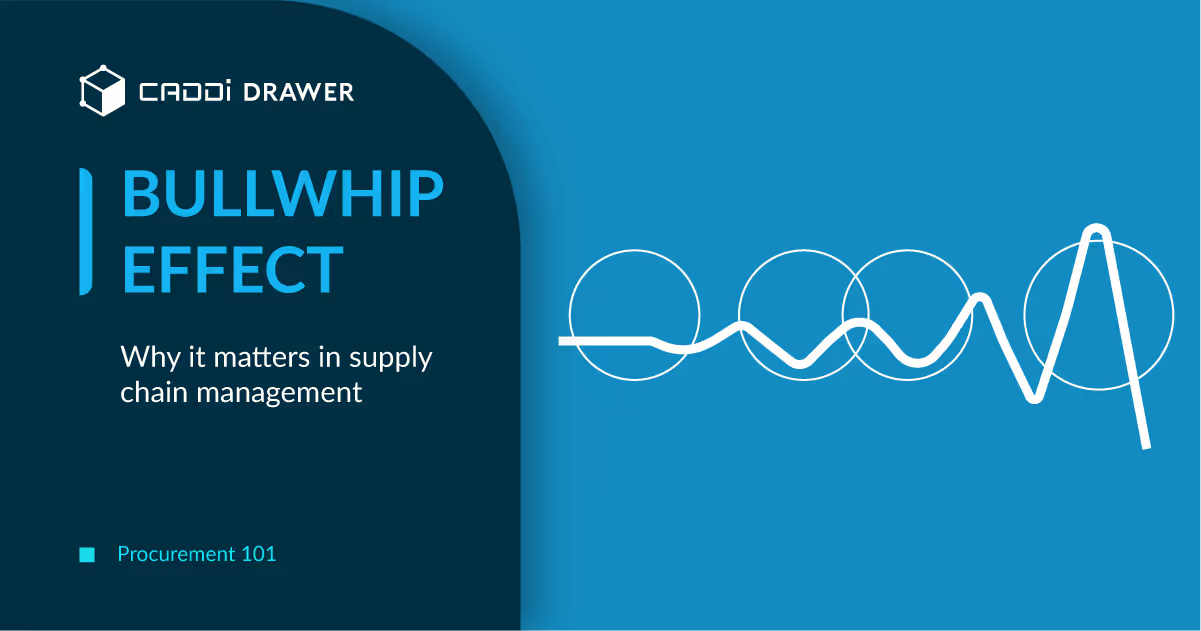

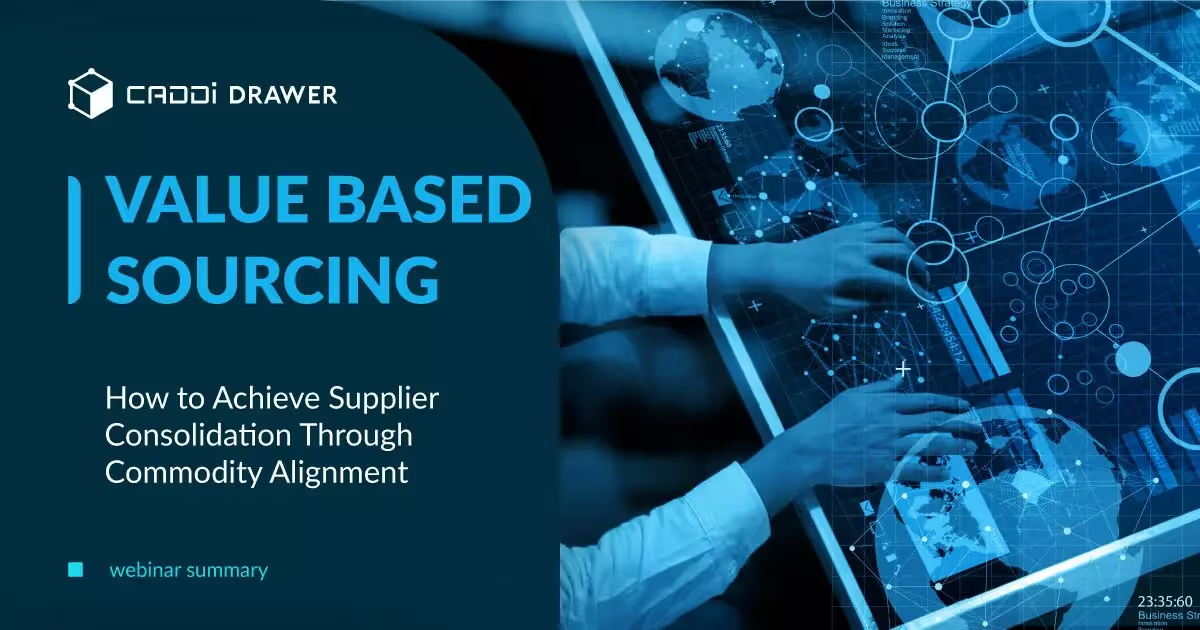









.svg)



.svg)
.svg)
.svg)


